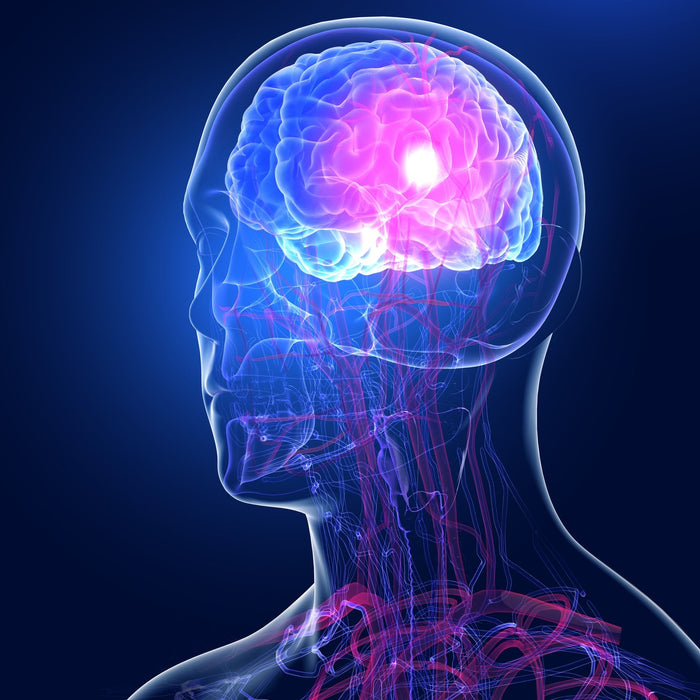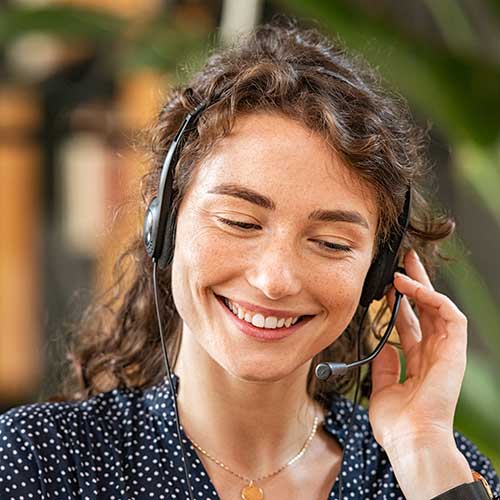This article will bring you up to date with the latest information. You will learn everything you need to know about a defibrillator and how to use it correctly in a medical emergency.
A good defibrillator does all the thinking for you
It often happens that there is no defibrillator in the immediate vicinity of surgeries or public places. Yet it is the perfect helper in emergency medical care for heart failure and can be operated easily and safely even by inexperienced staff thanks to clear auditory guidance. Because: a semi-automatic defibrillator does all the "thinking" and you can't go wrong! The defibrillator decides whether a shock is appropriate or not. A shock is only delivered if the defibrillator deems a shock to be appropriate AND you press the red flashing shock button.
Without a defibrillator, you have almost no chance
The chances of survival if a shock is delivered after only ONE MINUTE are 90%. After THREE MINUTES without a defibrillator, the probability of survival drops to 50%. On average, however, the ambulance in Austria and Germany currently arrives at the scene of an accident after approx. 8 minutes, which reduces the chances of survival to a meagre 5%. Therefore, the chance of survival in the event of a cardiac arrest in your doctor's surgery stands and falls with the availability of a defibrillator on site!
When is the defibrillator used?
As soon as you notice that your patient is no longer breathing, you can start resuscitation. You can find out how to perform high-quality chest compressions in our blog post!
During resuscitation, the defibrillator gives clear and safe instructions and decides whether a shock is necessary or not. The following procedure should be followed:
1. first apply the pads
Start resuscitation immediately. The defibrillator pads are applied to the patient's bare skin while resuscitation is in progress.
Attach one pad to the right below the collarbone and the other to the lower left on the side of the chest. The exception is for patients with pacemakers or small children. In this case, one pad should be attached to the front and the other to the back.
2 Plug in the cable and follow the defibrillator's instructions
The pad cables are attached to the defibrillator. High-quality defibrillators such as the Zoll® AED 3 have the pads already plugged in. There is no need for stressful connection in an emergency. Furthermore, the Zoll® AED 3 the same pads can be used for both children and adults. Another decisive advantage that saves a lot of time and nerves in an emergency.
The defibrillator now analyzes whether a shock is recommended or not. As already mentioned, a shock will only be delivered if the defibrillator deems it appropriate AND you press the flashing shock button.

3. is a shock recommended, yes or no?
Option number 1: The defibrillator decides that it will not deliver a shock.
There are heart rhythms where it would not make sense to deliver a shock. For example, in your case - you are currently awake and reading our blog post. Even in patients who have been dead for a long time and are therefore asystole, it would not make sense to deliver a shock. But: You don't need to worry about whether a shock is appropriate or not - because the defibrillator decides this independently and absolutely reliably. Nevertheless, you may be asked to resuscitate! Always follow the Defi's instructions.
Option number 2: The Defi recommends an electric shock
The Defi will now loudly tell you "Shock recommended" and that you should not touch the patient. The shock button starts to flash red. Please take extra care to ensure that nobody touches the patient now. Otherwise this could have unpleasant consequences for your team member. Press the shock button and then restart resuscitation immediately.
4. always continue and never stop!
Once the shock has been delivered, chest compressions must be continued as quickly as possible. This means that you keep fighting until the patient either starts breathing again or the emergency doctor has arrived at your doctor's surgery and has taken over the resuscitation.
Important: Alternate regularly every 2 minutes in the team during chest compressions, otherwise high-quality resuscitation cannot be guaranteed. Please note that the pressure depth of 5-6 cm and the frequency of 100-120 times per minute must be correct during resuscitation in order to achieve good results! The Zoll® AED 3 does the thinking for you and guides you safely through the resuscitation thanks to its modern feedback system. Audible instructions sound if the pressure depth is not maintained! This feature is worth its weight in gold, because even non-professionals can provide high-quality resuscitation and help safely thanks to this feedback system!
Summary
As a doctor, you should be as well equipped as possible in your medical practice so that you can help safely and effectively in an emergency. Our defibrillator recommendation is all about Zoll® AED 3 defibrillator with a wall cabinet for safe storage or with a suitable bag for mobile use in your own car. On request, one of our specialists will be happy to train you personally on site and teach you every move you need to know to be able to help safely in an emergency!
All the advantages at a glance:
- Semi-automatic device
- Dashboard with pressure massage feedback function (pressure depth is monitored and the device alerts you if necessary)
- Audiovisual display
- Durability of batteries and pads 5 years
- Manufacturer's warranty up to 8 years
- ECG visible on the device at all times
- WLAN-capable incl. online monitoring portal
- Easy to use for medical staff
- File transfer to a computer possible
- Very short hands-off time of approx. 3 seconds possible
- Size: H 12.7cm x W 23.6cm x D 24.7cm
- Display size 5.39cm x 9.5cm
- Weight 2.5 kg with battery
Click here to go directly to our special offer for a semi-automatic defibrillator incl. accessories!







Comments
Leave a comment